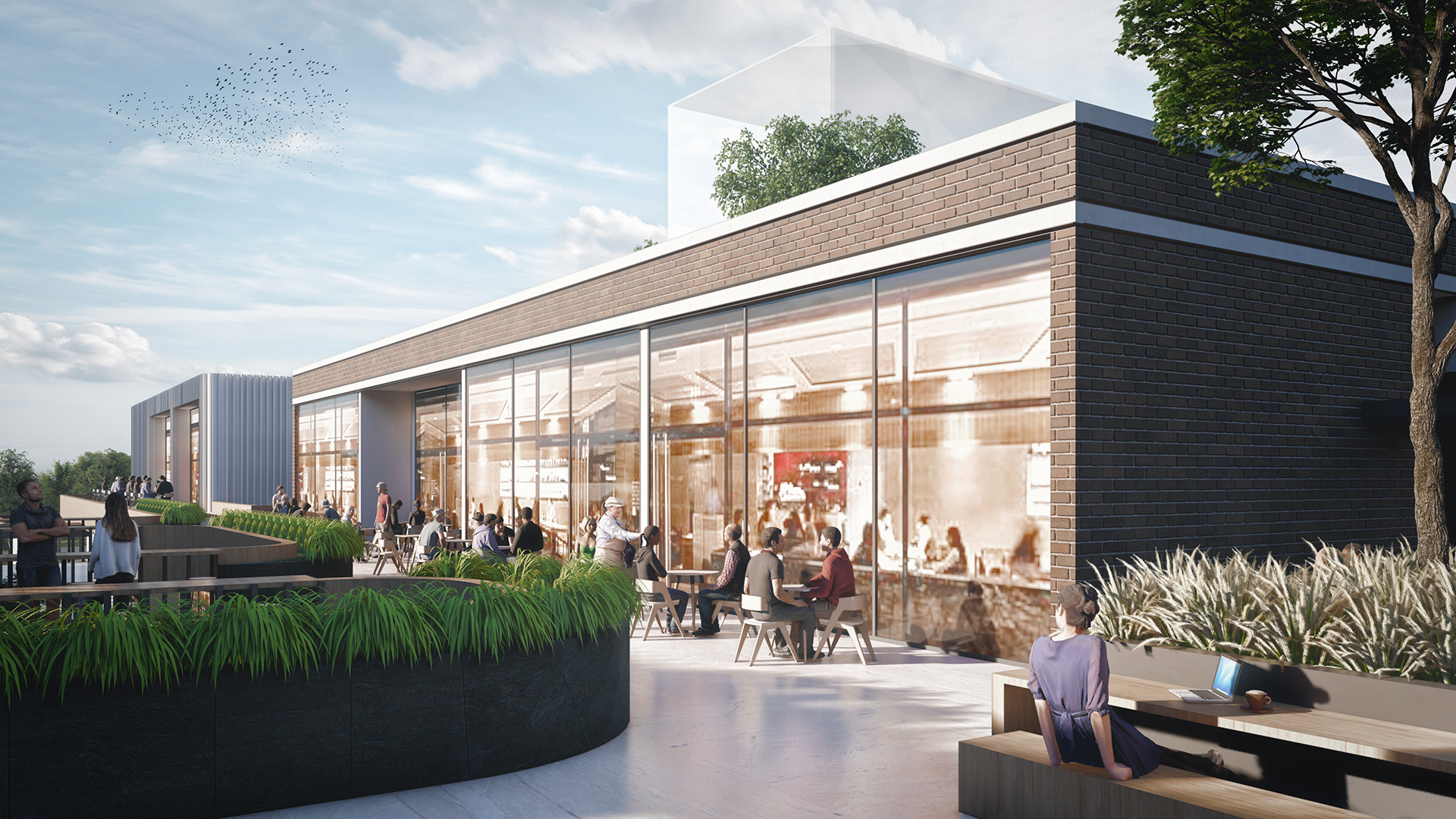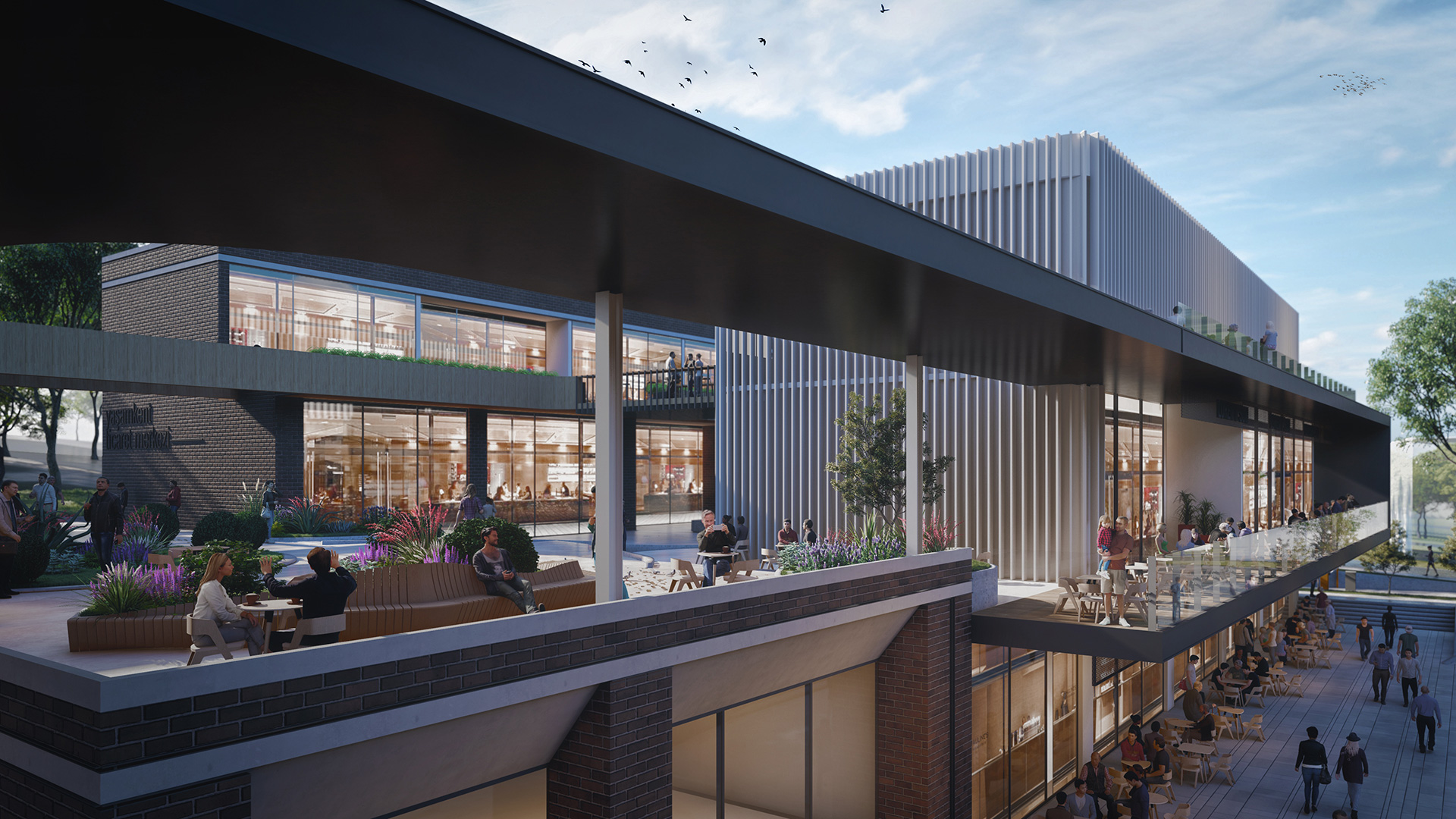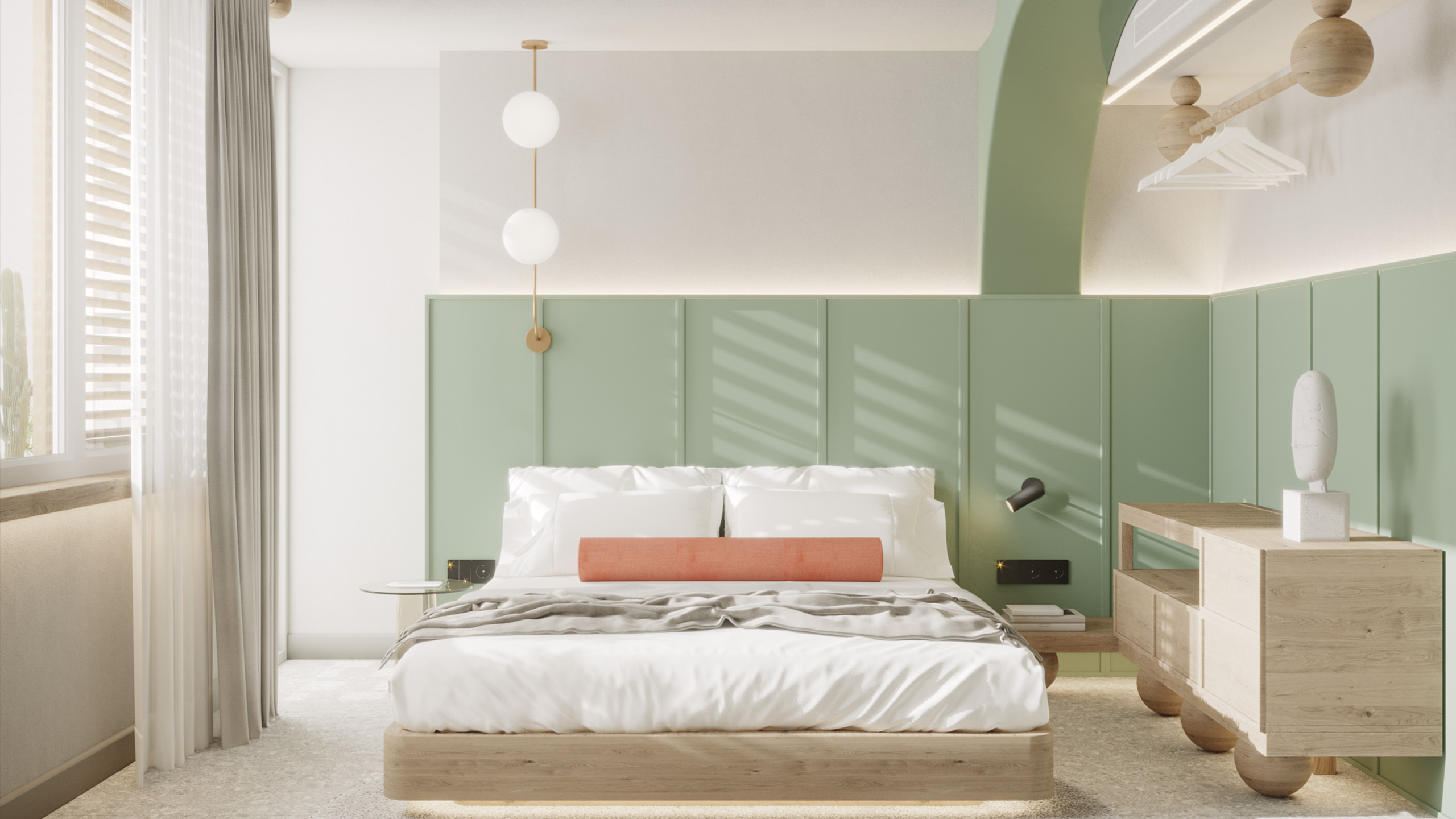YASAMKENT CITY CENTER
In this day and age, bazaars serve as important gathering spaces in any major city, and both interact with their surroundings through the perception of physical structure and, in doing so transform their environs. Often located at and spilling over major street junctions, they cater to local circulation and offer a place for people to eat, drink, and relax.
Since Ottoman times, bazaars (in Turkey) have allowed people chance to mingle and shop for necessities. They are etched into the minds of most as covered streets. They maintain both a commercial and public function, and are more often than not the architectural equivalent of shopping malls. Closed bazaars remained relatively popular until recently. Alas, as they are often located right at the center of Turkish cities/townships, they often are incapable of responding to modern urban needs. The (Covid) pandemic has only exacerbated that.
Yaşamkent Commercial Centre is located in the right in the heart of Ankara’s Çayyolu neighbourhood (Çankaya), amid rows of apartments, villas, and a central mosque. To bring the best of the site’s potential out, the architects designed the centre in such a way that would allow locals, students, and shoppers alike to interact with one another as much as possible. They also intended to accentuate the district’s dynamism via a multi-elevation courtyard complete with multiple entrances that lead usher people in from different directions/access points. Everything about the site is open concept – the commercial venues, a public square, an entertainment corner – in an attempt to make the centre as flexible as possible across time.
Yaşamkent’s eaves are meant to legible in the urban fabric, as well as to provide mass integrity. Their brise-soleils open into terraces along the inner pathways, and extend over an open amphitheater, thereby creating a unique architectural language. Furthermore, its flexible circulation development threads all of the units together (trade and shopping alike), thereby ensuring maximum interaction between them. The central courtyard has the potential to create a social atmosphere for the surrounding residential fabric, and too is surrounded by shops. The architects have created a scenario to enrich the area’s intensely interactive social life by offering students an alternative and dynamic space to unwind. All in all, there are four different core spaces; terraces lined along the south façade ensure a ribbon of continuity of the interior and exterior spaces between them.
Yaşamkent is visually and functionally defined by various green spaces and parks both in and around the courtyard, and which is directly linked to the amphitheater via a series of large pots. Aware of a potential shortage of places to park, the architects made provisions for indoor and outdoor car lots in two separate areas. Yaşamkent Commercial’s strategic location and open-ended urban architecture make it one of Ankara’s most crucial upcoming commercial hubs to date.
| LOCATION | Ankara |
| PROJECT TYPE | Commercial, Retail Center |
| CONSTRUCTION AREA | 7500 m² |
| CLIENT | Hakan Serim |
| STATUS | Ongoing |
| PROJECT DATE | 2021 |
| PROJECT TEAM | Elif Düzel, Yusuf Ertaş, Hatice Küçükbayram |
| CIVIL ENGINEER | TOYDEMİR Engineering |
| MECHANICAL ENGINEER | MTD Engineering |
| ELECTRICAL ENGINEER | AKAY Engineering |
| LANDSCAPE ARCHITECT | TAPS Project |





























